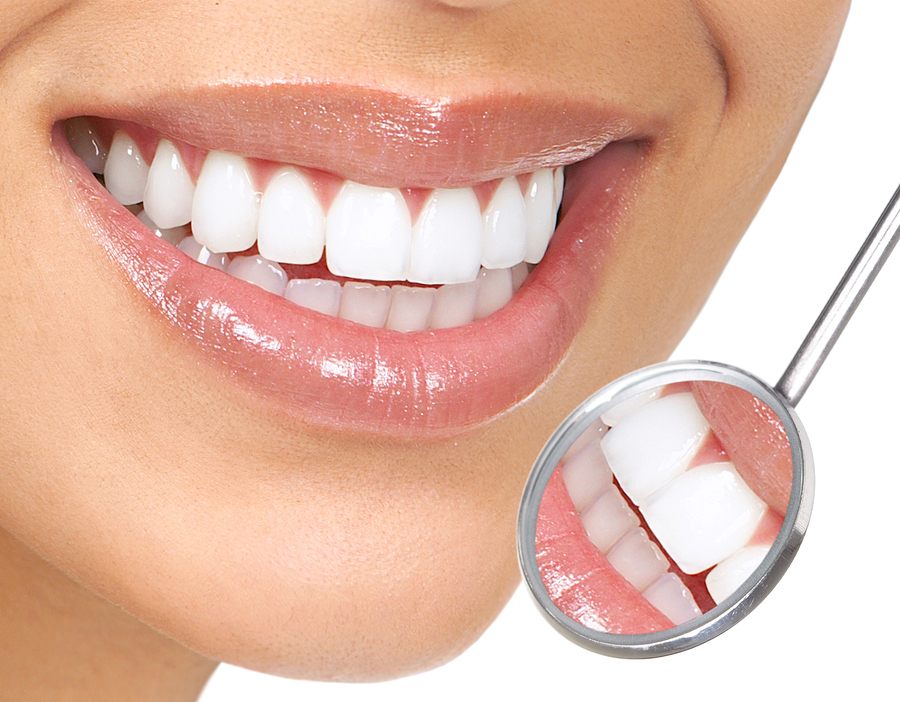Prosthodontics provides a novel way of treating oral health. The prosthodontics dentists assist those suffering from missing teeth or missing tissues, by using biocompatible substitutes which can be used in place of natural structures when restoring appearance and function following an trauma; this can involve making treatment plans based on how long you have remaining until your next appointment.
The function of your teeth can be restored using crowns, fixed bridges or complete dentures. Prosthodontic therapy can improve the appearance and healthiness of not just you but and those around them as well by enhancing their speech capabilities as well as preventing tissue damage from occurring which might result in sagging facial skin.

It is vital to brush your teeth on a regular basis. But did your be aware that good oral hygiene could save you a lot of issues? The act of brushing and flossing can help to keep the rate of periodontal problems in check and will also prevent existing teeth from moving into gaps.
Dental Substitutes
The two most popular types of replacements used in Prosthodontic dentistry are dental dentures and crowns. Denture replacement is the procedure of restoring the tooth tissues around the missing part and complete replacements replace everything between the roots and the tip using dental material such as metal or plastic. This allows you to consume any food that you like without worrying about getting anything trapped between your teeth.
The choices for patients with dentures include resin, metal and composite frameworks. Once healing is complete, the denture will fit to your mouth and support tissues. Dental professionals can help you to choose the right material for your needs. This will make sure that you’re at ease eating and using the phone or other daily activities. Even when they’re wearing full-suites, the patient is expected to sit at their desk and wait for words to flow.
A partial denture can be described as a form of dental prosthesis that replaces missing teeth. The base of the prosthesis is usually connected to an artificial tooth. It is held in place by precision attachments or clasps of metal so that it can be worn comfortably when eating. The most popular type is called “precision” because they’ve virtually disappear into your gums appearing more stylish than other designs that may be too obvious for some people’s taste, yet nevertheless, they are effective in keeping food from getting in between the MLA and your mouth.
Crowns and Veneers
Crowns can be used to correct tooth decay and other damages you’ve sustained through your life. Crowns can be placed on the top half of or on whole teeth if fillings are compromising the strength, appearance or integrity of the tooth. The crown is the most common. It’s placed along one’s sides and holds them together which prevents further damage to the health of your teeth.
Crowns are as strong and durable, as long-lasting, and beautiful as veneers. However, one difference is that crown coverage extends all the way around whereas with a veiler only the front of the crown will be covered by them. But both options give you the same amount of protection against dentist decay so the option that works best for you depends on your personal preference.
For more information, click full mouth rehabilitation

